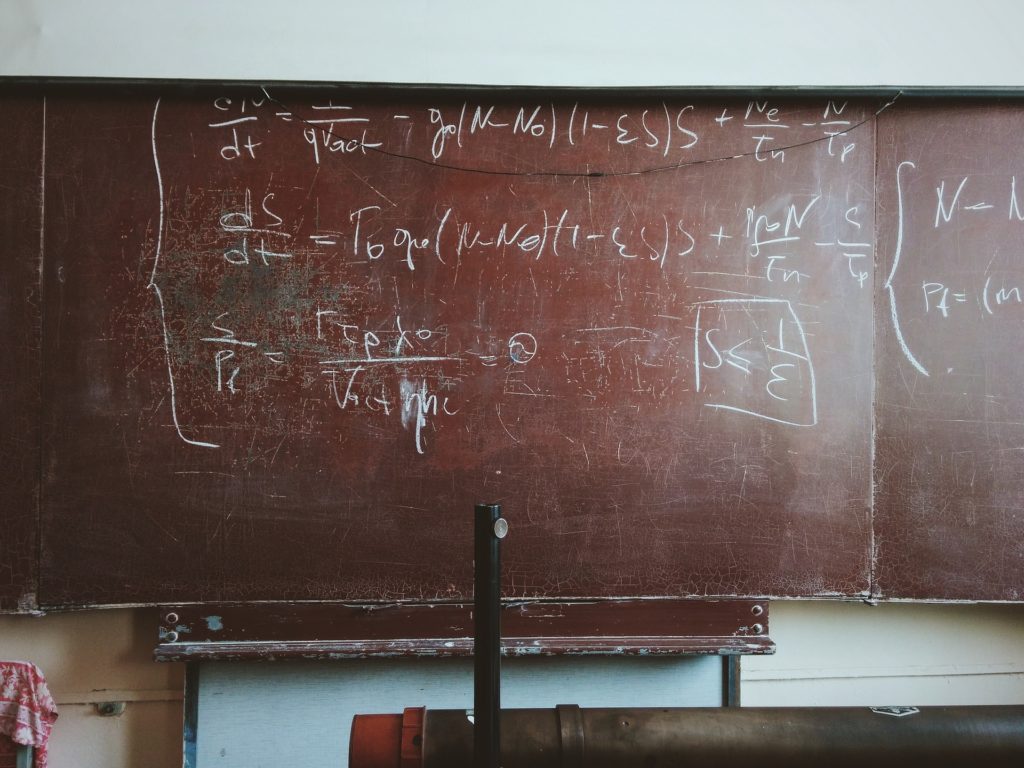Keep reading about math problem solving activities for middle school. Insider Monkey has recently published an interesting article about this topic. Right before children enter Middle School (around the age of 11 or 12), they enter a critical developmental stage known as Piaget’s fourth and final stage of cognitive development. It’s at this stage that children demonstrate marked growth in a number of areas, ranging from making hypotheses and inferences to thinking abstractly and using advanced reasoning skills. In line with this crucial phase of a child’s development, Middle School Math curricula are designed to stretch the bounds of adolescent thinking while also helping them to establish new skills and sound mathematical habits.

As for me, I have never been good at math but this article is very interesting to read. Now without a further ado let’s see what Insider Monkey has investigated for us. We have picked one activity from their list, Missing Mangoes. One night a hungry King couldn’t sleep. He went down to the kitchen, where he found a crate full of mangoes. To satisfy his hunger, he took 1/6 of the mangoes. Later that same night, the Queen came down and found the same crate of mangoes. She took 1/5 of what the King had left and went back to bed satisfied. Still later, the Prince woke up, went to the kitchen, and ate one fourth of the remaining mangoes. His brother, then went to the kitchen and ate 1/3 of what was then left. Finally, the princess ate 1/2 of what remained, leaving only three mangoes for the servants. How many mangoes were originally in the bowl?
There are a lot of different ways to solve this problem, including the strategies listed above. The first time I saw this problem, my natural instinct was to work backward from three until I reached the answer of 18. Contrarily, you could, in theory, guess any number that you thought might work and check piecemeal to see if you ended up with 3 at the end of your permutations.
Visual learners might draw a picture of a rectangle representing all of the mangoes and subsequently draw lines to divide the rectangle into equal pieces as each member of the royal family took their share. What you would find when all is said and done is that there are six equal bars. If the final bar is 3, then the other 5 bars must also be 3, as they are equivalent to the final bar, meaning that in total there were 6 x 3= 18 mangoes, to begin with.
For any further interesting information read Insider Monkey’s article about 10 math problem solving activities for middle school




